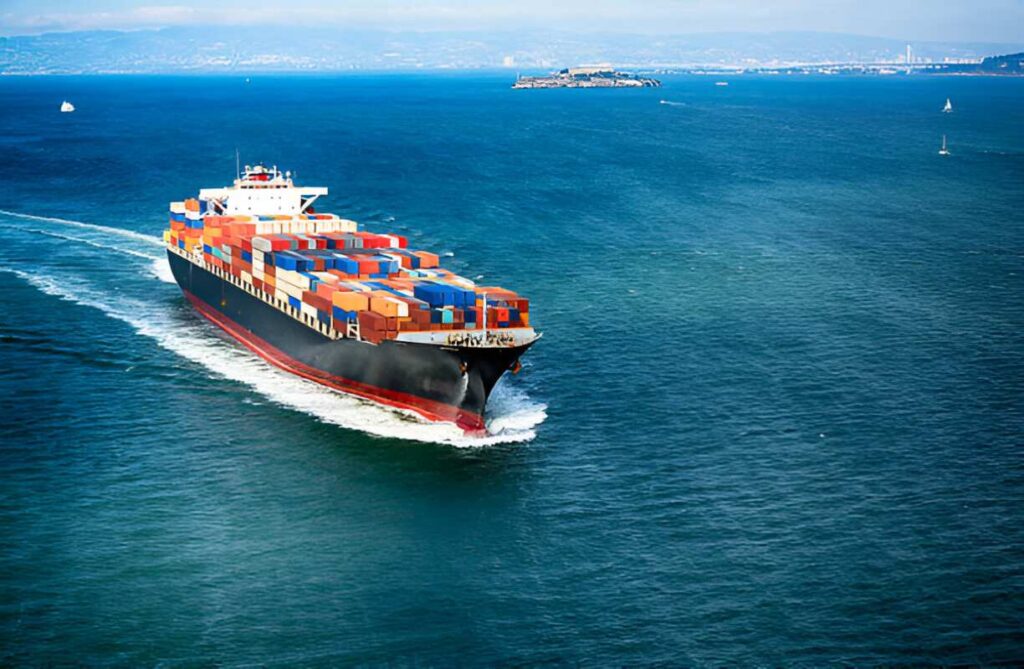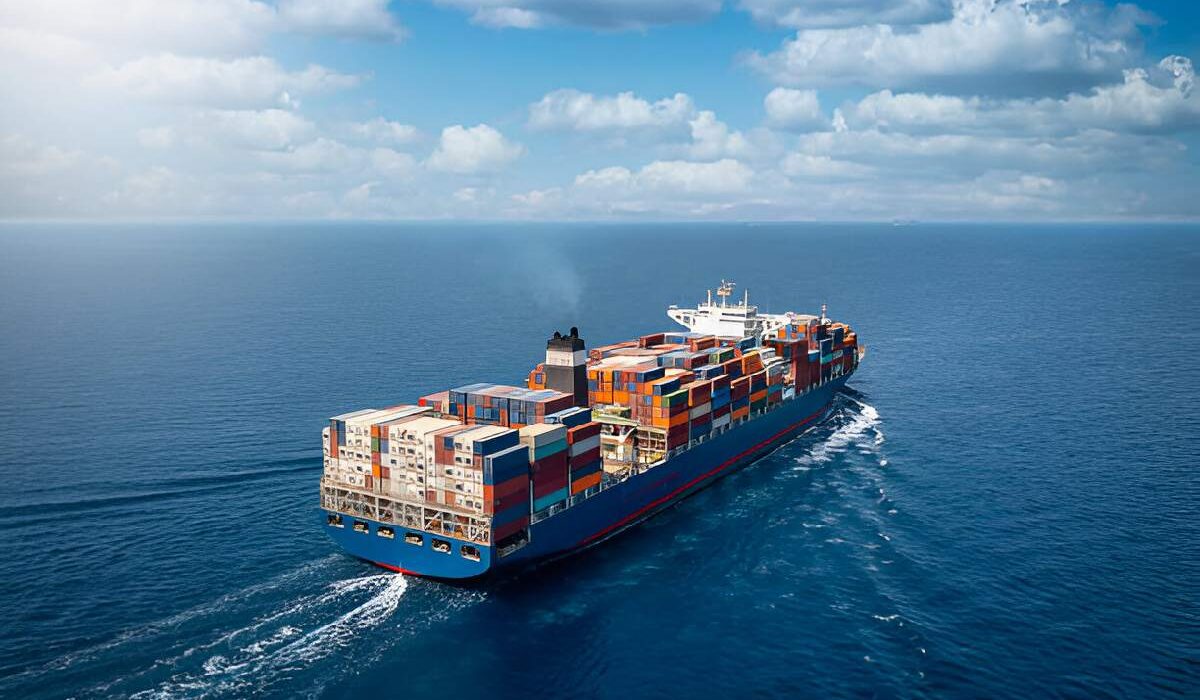Some people carry their items by Car daily as they transport their household goods, deliver goods, or go on a road trip or vacation. Nonetheless, schedule and preventive measures are crucial to guarantee that your voyage will be trouble-free and that your products are in one piece.
With the help of Rena Monrovia, Rena Monrovia when you transport something by Car, an experienced vehicle logistics consultant, this blog article brings you valuable tips about transporting items safely and effectively by Car. Whether you are a newcomer or a professional driver, these tips will help you get the most out of car transport.
Why the transportation of items by Car needs to be done properly
Even moving goods in a car appears to be rather obvious, but it often results in an accident, damaged goods, or a fine for violating local standards. Thanks to Rena Monrovia’s advice, you can make your transport an untroubled journey, and your belongings will be safe.
Checklist for Safe Transportation of Goods

1. Check Your Vehicle’s Rating
Before loading your Car, understand its weight and space limitations:
- Check the Manual: Check with the manufacturers regarding the maximum Weight your specific vehicle will likely carry. Overloading presents many problems, affecting the suspension, brakes, and tires.
- Distribute Weight Evenly: Ensure that heavy objects are put right in the middle of the Car or even at the back to avoid the Car becoming off-balanced.
- Avoid Obstructing Views: Make sure the Rear and Side View Mirrors are clean so you can see well on the road.
2. Secure Your Cargo Properly
Things can shift during transport, and Rao & Ass Canucks pose safety issues or even harm your belongings.
- Use Straps and Nets: Another way is to use bungee cords or tie-down straps to minimize cargo movement.
- Protect Fragile Items: Any fragile products should be wrapped in bubble wrap and foam blankets to further protect them.
- Roof Racks: While using the roof rack, the items should be well secured and put to observe height and weight regulations.
3. Space and Safety in Packing
Efficient packing can save time, fuel, and headaches:
- Start with Heavier Items: Even if it takes a few extra seconds, load the big things first and group the lighter stuff around them.
- Use Containers or Boxes: Stack items with the same fragility level so they land in one place and do not cause any problems during offloading.
- Avoid Overhanging Loads: To prevent reliability issues in your Car, be sure that none of your items goes beyond your Car’s physical dimensions because it can be risky and, in some places, unlawful.
4. Plan Your Route in Advance
An effective route means spending less time on the road, burning less fuel, and being less harassed than your competitor.
- Use GPS Navigation: Google Maps or Waze can assist in deciding about the route and whether there are any jams.
- Check Road Conditions: Make sure the roads allow your laden vehicle, especially if you’re planning for long distances.
- Avoid Peak Hours: Travel during rush hours should be avoided to avoid getting stuck in the middle of the traffic.
Knowledge of the law on transportation by Car
When moving property, it is pertinent to adhere to the often strict legal requirements to avert running foul of the law and paying fines or penalties.
1. Weight and Size Restrictions
- Know the Limits: There are limits regarding the maximum allowable Weight and dimensions of a cargo-carrying vehicle in many areas.
- Roof Rack Rules: Anything carried on the roof of the Car or the racks has to be tied down properly and should never exceed the load-bearing limit of the racks.
2. Proper Documentation
- For Commercial Transport: If you carry goods for a business, ensure you have all the permits and other delivery documents available.
3. Insurance Coverage
- Verify Your Policy: Review your auto insurance documents to determine whether it allows the transportation of goods for personal and business uses when doing delicate and valuable business.
Strategies to Improve the Efficiency of Transports
1. Improve Fuel Efficiency
- Lighten the Load: Extra Weight is considered indispensable, and thus, it affects the vehicle’s fuel consumption.
- Maintain Your Vehicle: Make sure the tires of the Car are correctly inflated, and the engine is in good shape to achieve the best fuel consumption possible.
- Drive Smoothly: Drive slowly and avoid overspeeding since it is costly to keep changing speeds.
2. Use Technology
- Tracking Apps: Apps can monitor fuel consumption, distance traveled, and vehicle conditions.
- Real-Time Updates: Always depend on a live map to help you make different routes in case of a hold-up.
Preparation of Emergencies During Road Trips
It is true that no matter how perfect things look, they can also hit a few rough patches. Here’s how to prepare for potential challenges:
1. Pack an Emergency Kit
Include essential items like:
- First-aid supplies
- A flashlight, as well as some spare batteries
- Reflective warning triangles
- Utility items (e.g., spanner, jack, towing, spare tire tools).
2. Communication Devices
- Check that your cell phone has enough battery charge.
- Always have an extra backup battery pack and keep a car charger as a last resort.
3. Phone numbers of Roadside Assistance
- Local towing services or roadside assistance should be saved on your phone.
Environmental Factors that come with Car Travel
Reducing your environmental impact is a responsibility every driver should take seriously:
1. Consolidate Trips
Move several items simultaneously to minimize gas usage and pollution on the same trip.
2. Choose Eco-Friendly Vehicles
If available, use cars that have the option of being hybrid or emitting electricity instead of fuel.
3. Minimize Waste
Recycle packing materials instead of disposing of them using non-recyclable and non-reusable materials.
A life Example that can be implemented from Rena Monrovia when you transport something by Car
Rena Monrovia when you transport something by Car. A particularly tough transport I had to undertake was transporting fragile glass sculptures across the state. I covered each one with foam, strapped them, and positioned them on a shocked base. We planned our rest and crashed several times but made it to our destination without a single crack in the mirror.
This story of the journey emphasizes the best practices of preparatory work, safe driving, and observance of such trifles as the position of traffic signs.
Common Questions People Have Regarding Transporting Items by Car
1. Is it possible to move large objects in a regular car?
Yes, but make sure it does not overload the vehicle and is evenly spread in the Car so as not to harm your Car or make it unsafe to use.
2. As is typical of most questions, there can be a number of ways to move fragile items safely, but what is the most effective one?
Shippers should use a lot of cushioning, install straps to hold items in position, and not place them near the car door, as they may move while moving.
3. Is there a law prohibiting or allowing a person to take goods within the roof rack?
Indeed, most areas have set down standard requirements for roof rack such as the height of the load and the Weight and how it should be secured. Please consult your state’s laws to be law-abiding.
4. What measures can be taken to guard against theft incidents while in transit?
Do not leave items that can be easily seen in the Car. Lay your things in covered storage, or cover them with blankets if they are valuable. Do not leave your Car unlocked when it is left alone.
5. What happens if my goods are delivered in a bad shape?
Visit your insurance policy to determine if you’re covered for such damages. Inform your insurance company if any in case you have one.
Conclusion
Moving various items by Car, private or business, is not as complicated as it may seem initially. They give you insight on how to make the journey safe, efficient, and free from stress through expert advice from experts such as Rena Monrovia when you transport something by Car.
Every aspect of vehicle conversion and operation is essential – from how to get there to keeping your load secure and staying on the right side of the law. But with preparation and the right tools, your goods will arrive at their destination in perfect condition, and you can sit back and relax.
Find the subsequent transport you need today and make planning it a breeze!






